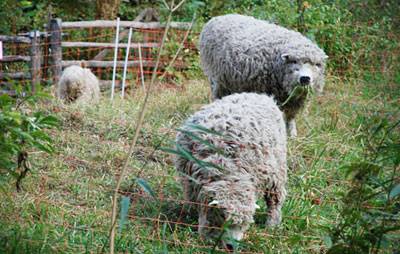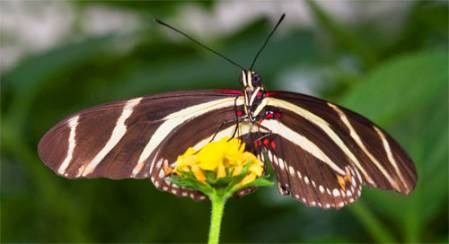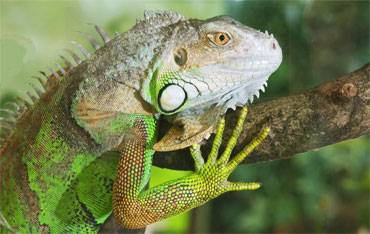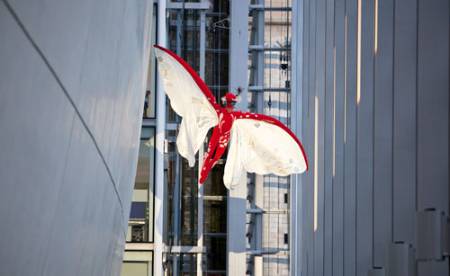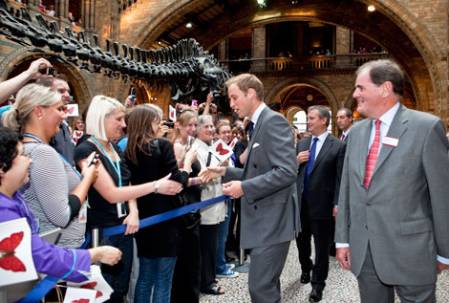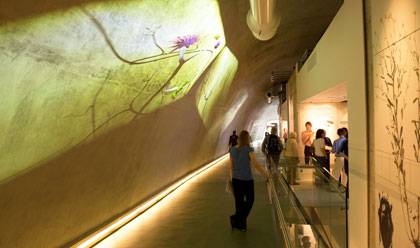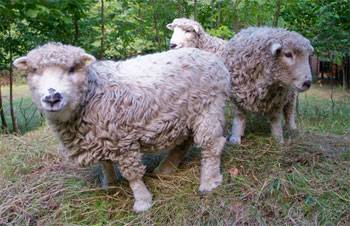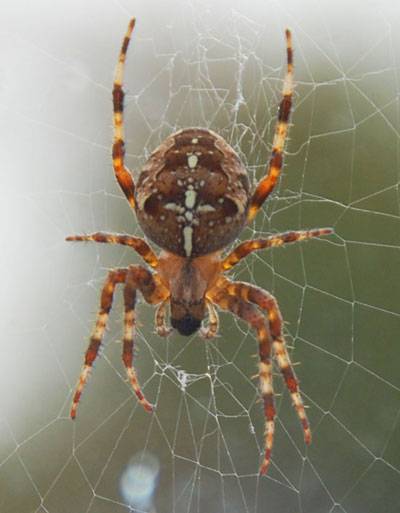
Is my garden the set for Arachnophobia 3?
Yes I’m lucky enough to have a little patch of green in London, but not so sure at the moment it really is mine. Spiders and their webs have taken it over.
There’s been a lot in the press about the recent record numbers of spiders invading our homes this autumn but for me it’s the garden invasion that’s far more troubling.
Last time I counted there were at least 20 big webs on either side of my garden (it’s small) and that’s without probing deeper into the foliage. As dusk gathers every evening when I’m home from work, I’m out there, torch in hand on spider patrol.
The big golden brown one I first discovered in my garden (shown above) is still my favourite. It just grows and grows (lengthways) and has the most elegant of webs. It has a leg span of at least 2 inches. There are now many more big brown ones which I’ve learned are known as Cross spiders (not because of their temperament I’m assured, but because of a distinctive white cross on their backs). Their real name is Araneus didematus. It’s the females which are the biggest.
I’m not particularly scared of spiders, but last night I started to panic when I came across a huge new swarm of spindly-legged ones crawling over a border bed. These ones are Harvestman spiders, closely related to daddy-long-legs. The Harvestman gang seem to be getting closer to the house then ever before. Should I be worried?
I asked Stuart Hine, our Museum arachnid expert, who’s been busy giving comments to the media on the outbreak. His advice is the same as other experts: ‘Leave them alone and they’ll leave you alone.’ Ok will do. Stuart also explained that “Spiders are most prevalent at this time of year. The trouble is that like spiders, we humans also enjoy warm dry autumns. So we spend more time outdoors and notice more of them.’ Well, I suppose he has a point.
But in the meantime, I’ll be getting the conkers ready, whether spiders are conkerphobes or not! Serious arachnophobes should also have a look at the recent Independent’s article on how to beat the terror.
You can visit the arachnid room in the Museum's Creepy Crawlies gallery and find out just how amazing spiders really are.
Join the Museum's bug forum to identify your spiders.
For that extra scary bit of bedtime reading try a new Arachnids book just out written by another Museum spider expert, Jan Beccaloni.
And did you know there are over 650 species of spider in Britain? But, only a very few of these are spiders that bite. One of the Museum website's most popular news stories uncovers the truth about the UK’s false widow spiders.





